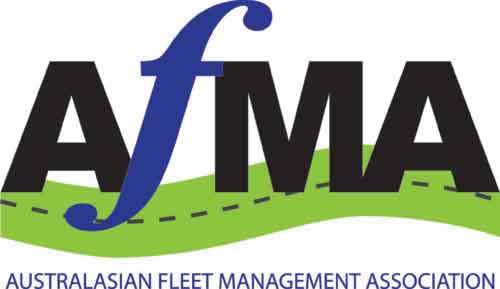INTEGRATION WITH CHANGE INITIATIVES & MANAGEMENT PRACTICES
Benchmarking is not a stand-alone solution; it should be used in the context of a well-planned, comprehensive and integrated improvement program.
Those who have made the best use of benchmarking have used it as part of major change/improvement programs.
Benchmarking is a complementary tool for organisational change to others such as:
- Strategic planning. The strategic plan is used to help choose priority areas for benchmarking, and targets set as a result of benchmarking can be used in goal setting when the strategic plan is next being updated;
- Continuous improvement in its various forms. The team-based culture and tools of process analysis are invaluable in the preparatory stages of benchmarking.
- Employee involvement/empowerment programs. If these have been instituted successfully then the workforce is much less likely to be fearful and possibly hostile to the notion of having the organisation’s work practices compared to “the best”.
There is an enormous range in the level of detail to which the analysis of a business process could go. Essentially the organisation is trying to strike a balance between having too little detail and too much.
In the former situation the risk is that the analysis is too superficial to uncover the key aspects that should be the focus of comparison and subsequent performance improvement initiatives.
In the latter situation the risk is that there is so much detail that the organisation becomes lost in the detail and ends up with a myriad of small improvement opportunities rather than a few really major breakthroughs.
Too much detail also makes it difficult to establish benchmarking priorities. For instance, one organisation compared its cost to install its products against others around the world in the same industry. But it didn’t examine how the best did it so it was unable to use the information to any significant degree to improve its own installation processes.
It had to go back to examine its own processes as a preparatory step to make comparisons with the processes of those which appear to be best performers.
It is important to involve people who actually do the work as well as technical people who understand the process from that viewpoint.
Generally this enables all the parties who have an impact on the performance of the process being benchmarked to develop a shared understanding of the process and how their individual contributions come together to produce results.
Leaving one of the parties out, or having them contribute in isolation risks poor analysis and it loses a good opportunity to develop teamwork.
For these reasons, the analysis of the process should take place in group sessions rather than by one individual.



